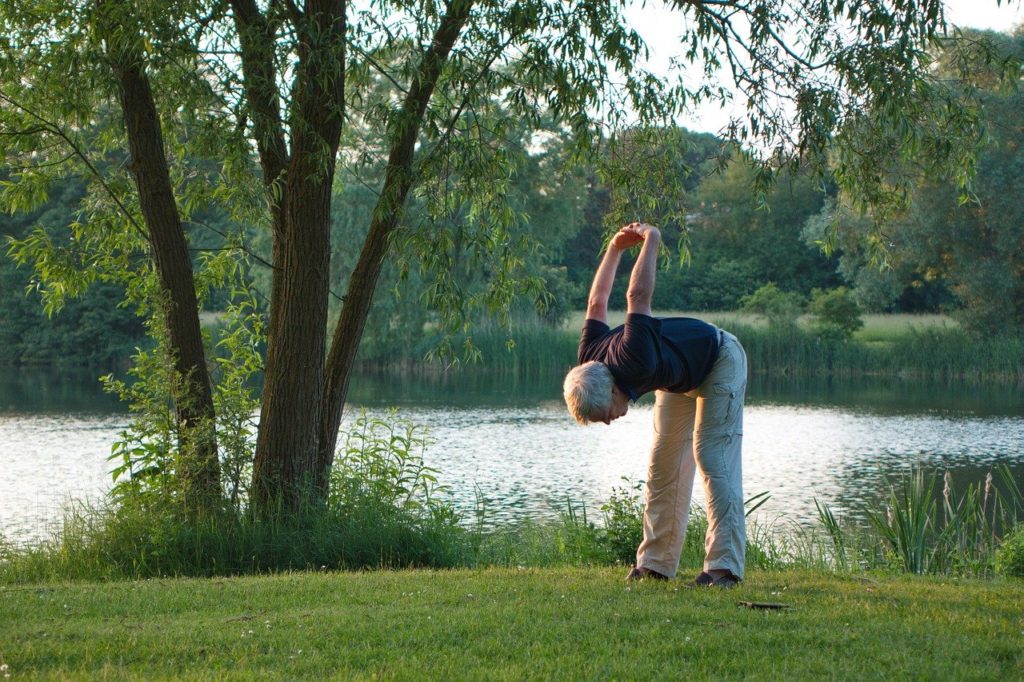
From October 12th through the 20th this year, there will be a global observation of Bone and Joint Health Action Week, which means people in Oxford and elsewhere around the country will be doing their best to raise awareness about prevention, management of diseases, and methods of treatment regarding joint health. The focus will be on arthritis, osteoporosis, back pain, pediatric medical conditions, and other disorders involving the joints and bones of the body. Senior home care is especially involved with this observation because so many seniors are bothered by bone and joint issues, and because it’s so important for them to maintain good joint health, so as to reduce the risk of slips and falls.
How aging changes your bones and joints
Since bone is living tissue, it changes as you age and these changes generally result in a decrease of bone tissue. Whenever you have lower bone mass, it will mean that bones are weaker, and the likelihood of falls increases greatly. One of the biggest reasons that bones become less dense is that people simply are not as active in older age as they were in their younger years. For females, the aftermath of menopause will usually trigger a reduction of minerals in the bone tissue, and this also causes the bones to become weaker.
In males, there is a gradual decrease in the presence of sex hormones, and this can sometimes lead to the development of osteoporosis at a later stage of life. The joints of your body are affected as you age as well, with the cartilage between joints becoming thinner and less protective. The amount of lubricating fluids in your joints decreases, and that leads to increasing stiffness, as well as a lessening of mobility. Even ligaments will begin to shorten and lose flexibility, which contributes even more to the feeling of stiffness and lack of mobility.
Why these changes cause more slips and falls
As you lose bone mass and muscle mass during aging, both your bones and muscles become weaker and less able to support your weight. With ligaments contracting and stiffening, you will also experience less flexibility and you won’t have the same sense of good balance you had when you were younger. Anytime that you bump into something, it could easily be enough to throw you off balance and trigger a slip or a fall that could end up causing major harm to your body. If your bones have become more brittle, it might very well be that you break a bone or two when you fall.
Once you do lose your balance, it won’t be as easy for you to correct yourself and regain your feet – you might have no choice but to complete the fall, and deal with the consequences. A slip that might have been laughable when you were young can cause a serious problem when you’re older because you simply aren’t equipped to deal with it as you could in your youth. Keep in mind that at least half of all the changes to bones, joints, and muscles which occur as you age, can be prevented or significantly slowed by doing regular exercise.
What you can do about it
It was thought in the past that gradual deterioration to the body’s muscles, bones, and joints was inevitable with aging – something that simply could not be avoided. Science and research have discovered that this is not true, however, and that everyone has the power to delay or prevent this kind of deterioration from happening by maintaining a more active lifestyle. Daily stretching exercises help to prevent the contraction and stiffening of ligaments around the joints and bones, which contribute to a lessening of mobility, and a general feeling of stiffness.
The loss of bone mass which both males and females experience during aging can be significantly delayed and/or prevented by becoming involved with regular weight-bearing exercises such as walking or jogging. Forcing your body to bear your entire weight while exercising helps to slow the effects of bone mass loss, and it helps to maintain bones and joints in a stronger, healthier state. Exercises like swimming are great for the heart, but they do not work as powerfully to maintain bone mass, because swimming is not a weight-bearing exercise. However, older adults who swim regularly may still experience a slight increase in muscle mass and bone mass, compared to seniors who are sedentary.
Science has clearly shown that exercise can make bones significantly stronger and that it can also slow the progression of bone loss in virtually all seniors. It has also determined that those individuals who participate regularly in weight-bearing exercises can actually increase bone mass as well as muscle mass so that bones and joints can stay healthier for a longer period of time. When bones and joints remain healthier into the older years, the frequency of slips and falls decreases, because bones are more stable and better able to support the body at all times.
